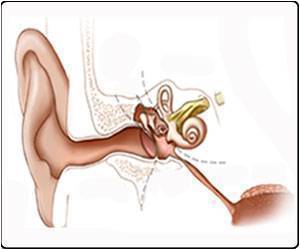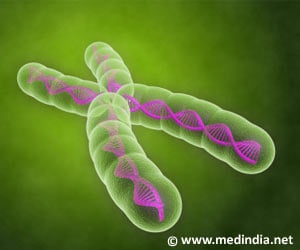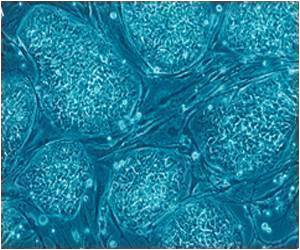The urge to eat a meal or a snack usually comes at certain predictable times during the day for most people

"We really never expected that we would be able to decouple the sleep-wake cycle and the eating cycle, especially with a simple mutation," says senior study author Satchidananda Panda, an associate professor in Salk's Regulatory Biology Laboratory. "It opens up a whole lot of future questions about how these cycles are regulated."
More than a decade ago, researchers discovered that individuals with an inherited sleep disorder often carry a particular mutation in a protein called PER2. The mutation is in an area of the protein that can be phosphorylated—the ability to bond with a phosphate chemical that changes the protein's function. Humans have three PER, or period, genes, all thought to play a role in the daily circadian clock and all containing the same phosphorylation spot.
The Salk scientists joined forces with a Chinese team led by Ying Xu of Nanjing University to test whether mutations in the equivalent area of PER1 would have the same effect as those in PER2 that caused the sleep disorder. So they bred mice to lack the mouse period genes, and added in a human PER1 or PER2 with a mutation in the phosphorylation site. As expected, mice with a mutated PER2 had sleep defects, dozing off earlier than usual. The same wasn't true for PER1 mutations though.
"In the mice without PER1, there was no obvious defect in their sleep-wake cycles," says Panda. "Instead, when we looked at their metabolism, we suddenly saw drastic changes."
Mice with the PER1 phosphorylation defects ate earlier than other mice—overlapping with their sleep hours—and ate more food throughout the day. When the researchers looked at the molecular details of the PER1 protein, they found that the mutated PER1 led to lower protein levels during the night, higher levels during the day, and a faster degradation of protein whenever it was produced by cells.
Advertisement
"For a long time, people discounted night eating syndrome as not real," says Panda. "These results in mice suggest that it could actually be a genetic basis for the syndrome." The researchers haven't yet tested, however, whether any humans with night eating syndrome have mutations in PER1.
Advertisement
Next, they hope to study exactly how PER1 controls appetite and eating behavior—whether its molecular actions work through the liver, fat cells, brain or other organs.
Source-Eurekalert










